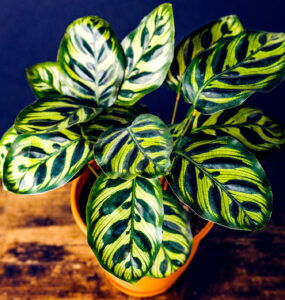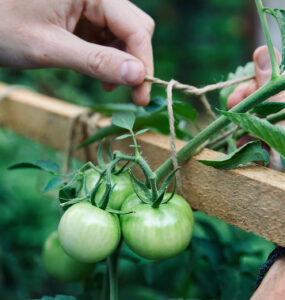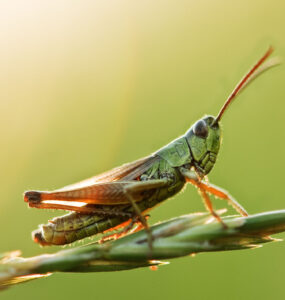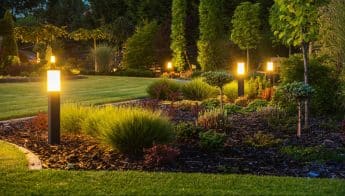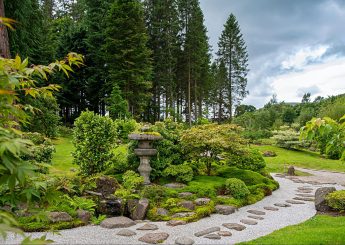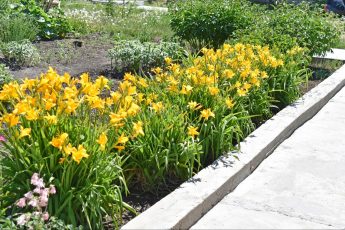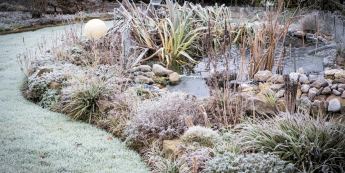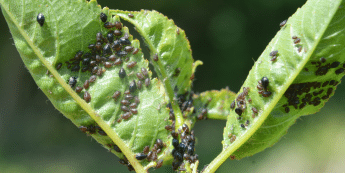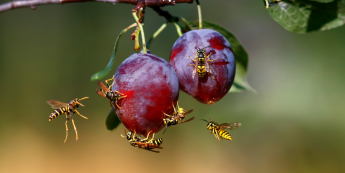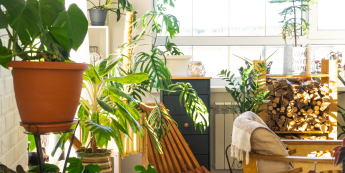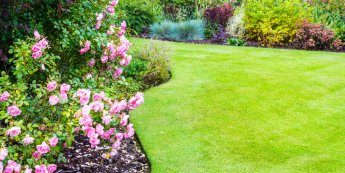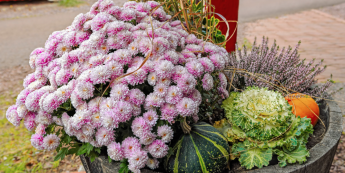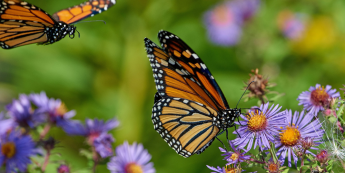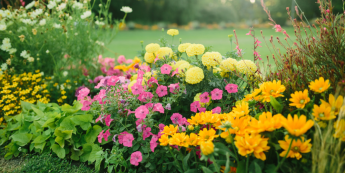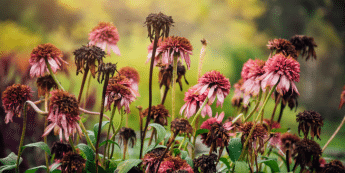by Brett Kerley
Hollyhock rust is a common fungal disease, caused by the fungus Puccinia Malvacearum.
Identification
Signs of this fungus include orang coloured rust pustules on the undersides of leaves, progressing to bright-orange spots with red centers on the upper leaf surface and on the shoots of hollyhocks. Eventually the rust pustules on the underside turn a reddish chocolate-brown color. When the disease is severe, leaf drop may occur.
Prevention
Sanitation is the key to preventing hollyhock rust. Remove all infested plant parts at the end of the season to limit the amount of fungus that will survive the winter. If not cleaned up, this infested plant debris will be the source for infecting the remaining hollyhocks in your garden come spring, as well as those you plant in the future, those that reseed, and of course, your neighbour’s hollyhocks. Once removed, the infected debris should be burned or bagged and added to your garbage or taken to a yard-waste disposal site.
It is also important to remove any leaves that become infected during the growing season, because this fungus produces new rust spores that continue to cause infections. Finally, sanitation also includes the weeding out of round-leaved mallows (Malva rotundifolia), another host for this fungus. In addition to sanitation, keeping water off the hollyhock foliage and providing room for good air movement helps in rust prevention.
Solution
As for fungicide controls, products containing chlorothalonil, mancozeb, and sulphur can help. But since infections start in spring and continue during rainy weather into the fall, numerous preventive applications at 10- to 14-day intervals may be necessary to completely prevent rust. This is why proper sanitation is so critical. If you do use a fungicide, apply it only to foliage and stems, and of course use it cautiously and strictly according to the directions. By spraying any fungicide on the flower part of the plant it can cause our beneficial insects to die, thus creating more problems down the line.


